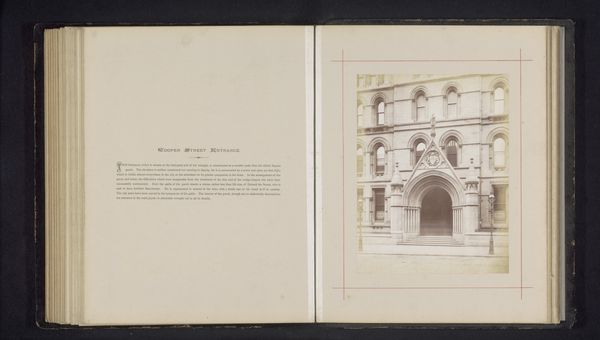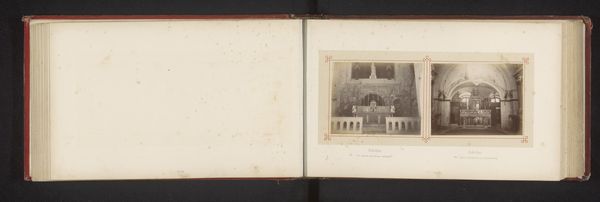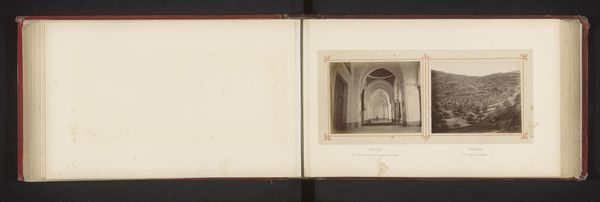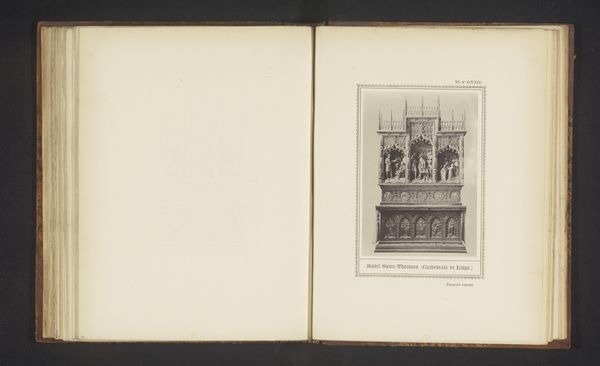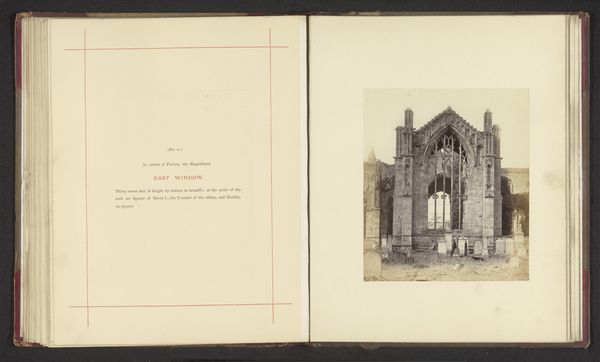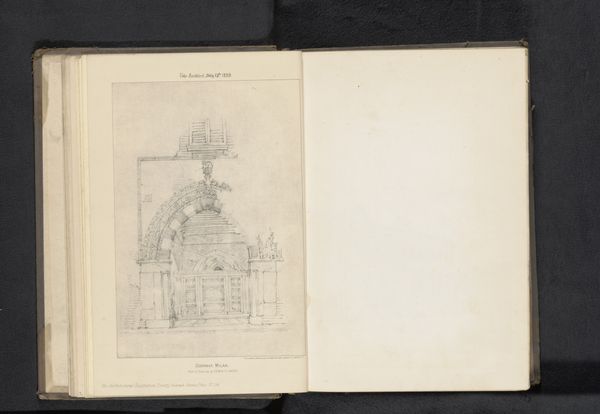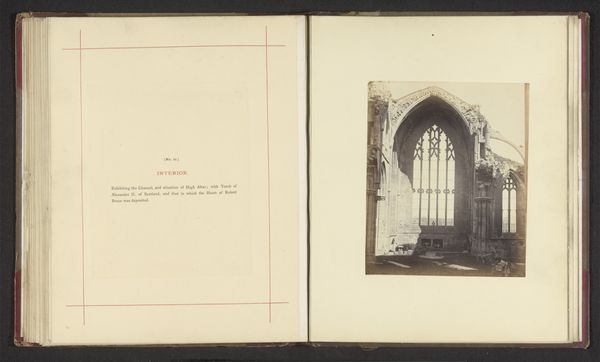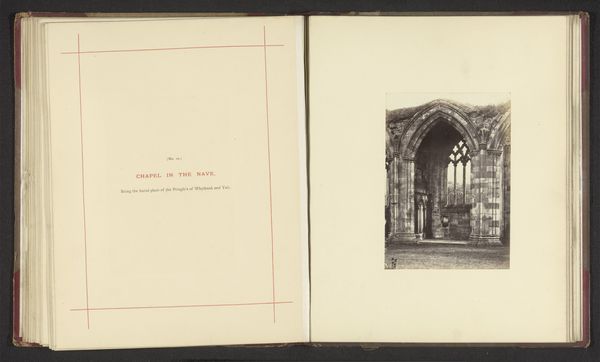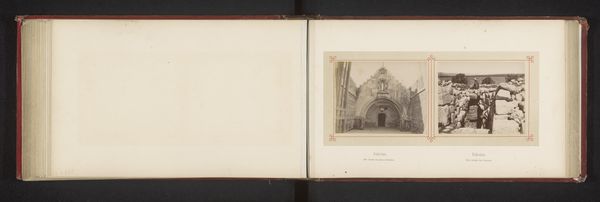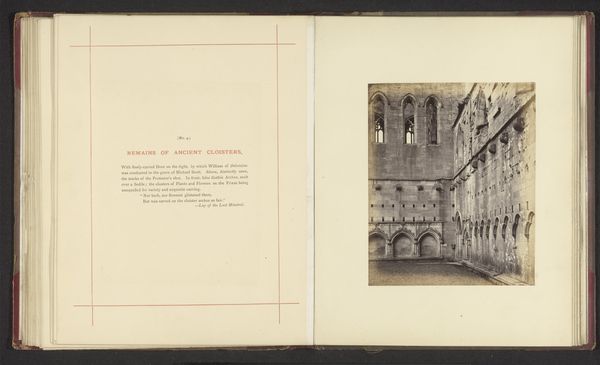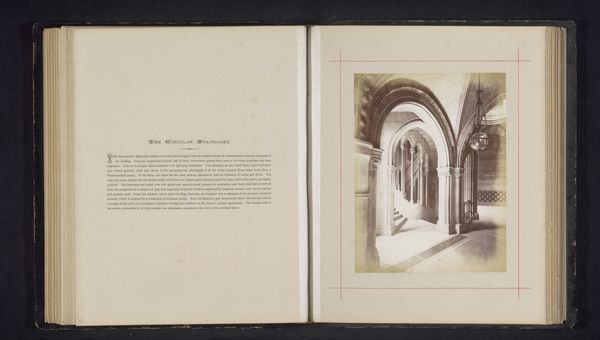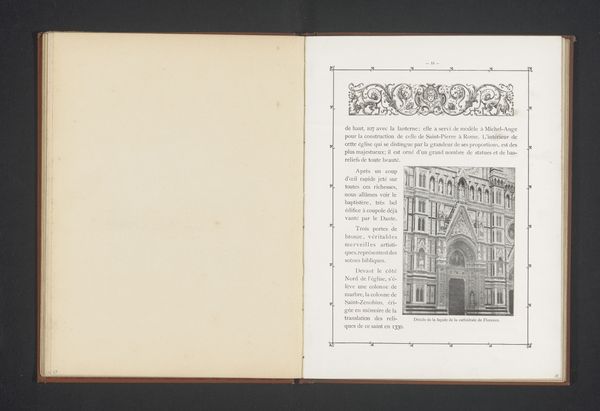
drawing, mixed-media, print, paper, architecture
#
drawing
#
mixed-media
# print
#
paper
#
architecture
#
realism
Dimensions: height 200 mm, width 151 mm
Copyright: Rijks Museum: Open Domain
Curator: What a stately fireplace! The architecture nearly fills the frame, overpowering everything else with its cool austerity. Editor: Indeed, its presentation is immaculate. This piece, attributed to J. McLeod, captures the fireplace within the Reception Room of Manchester's Town Hall. Created around 1877 using a mix of drawing, printmaking and mixed media, it is presented on paper, lending a tangible texture to this imposing structure. Curator: I find myself drawn to the starkness of the composition—the verticality of the fireplace structure is emphasized by its tight cropping, directing the gaze upwards. It almost seems detached from the function of heating a room, leaning towards grand statement instead. Editor: It reflects more than simple warmth, doesn't it? Consider the late 19th-century context. Manchester was at the heart of industrial and civic pride. This reception room and its striking fireplace served to project the city’s wealth and power, celebrating the industrialists who literally shaped this society. The choice of Gothic Revival design here invokes traditions of ecclesiastical and royal authority, imbuing industry with the mantle of the divine and sovereign. Curator: I am intrigued by how the details of the stonework have been depicted here, offering insights into the materials and construction techniques employed. The crisp delineation of forms accentuates depth and relief. Editor: Absolutely. The precision is intended to mirror, almost advertise, the virtues of Victorian craftsmanship. The artwork and structure signal a careful negotiation between celebrating progress and harkening back to a mythic, chivalrous past, ideals far removed from realities facing the working classes then. Curator: Such details are fascinating. This approach certainly offers another rich avenue for analysis. Thank you. Editor: And thank you, your examination certainly has helped clarify this work's impact and purpose in society, then and now.
Comments
No comments
Be the first to comment and join the conversation on the ultimate creative platform.
